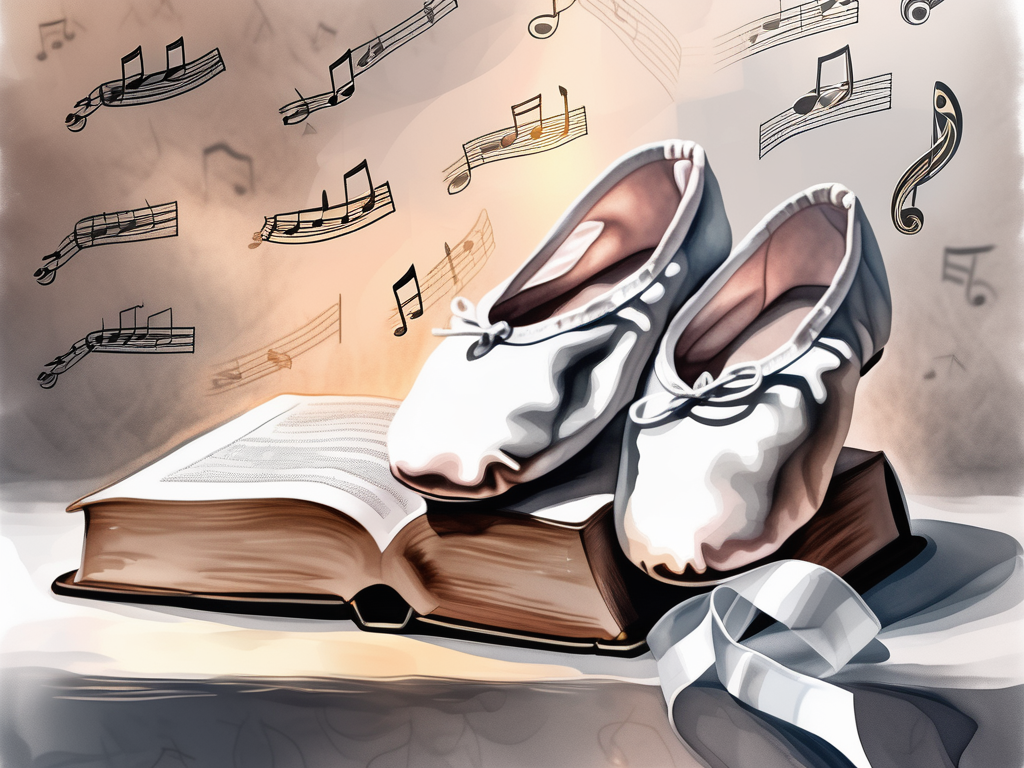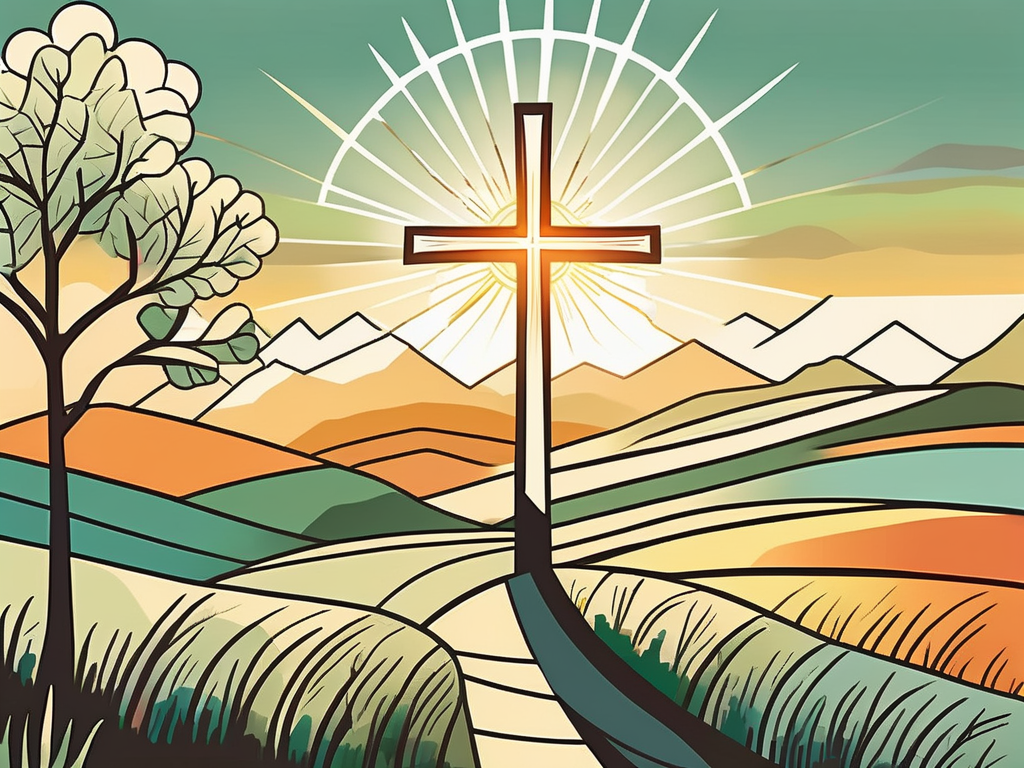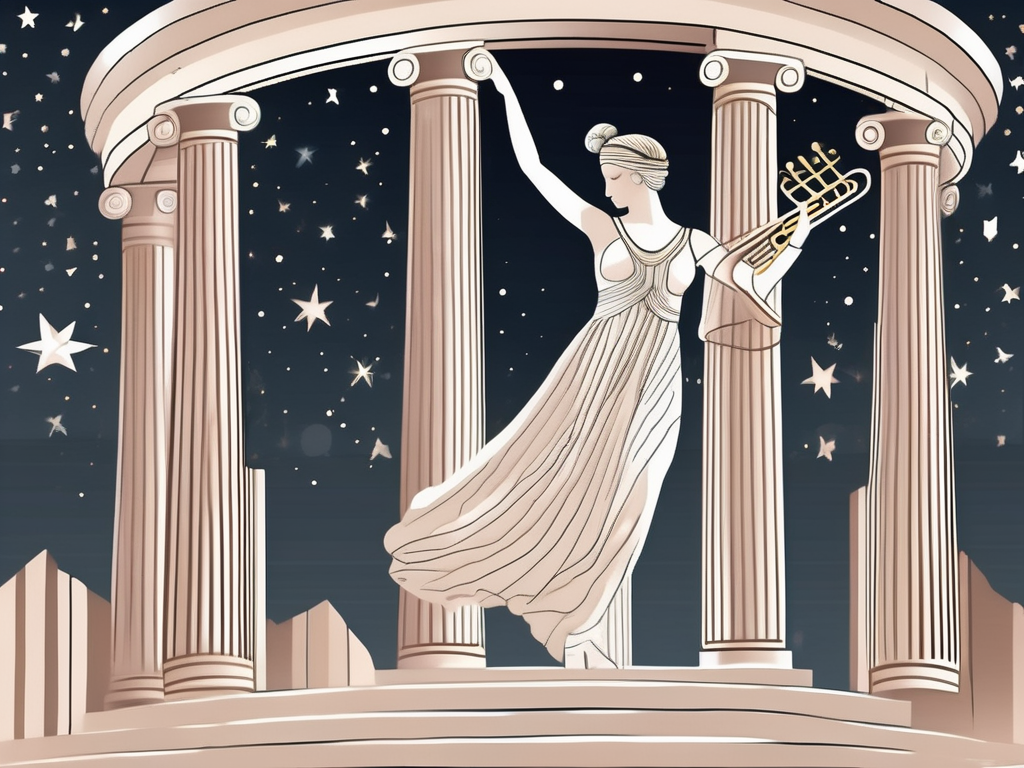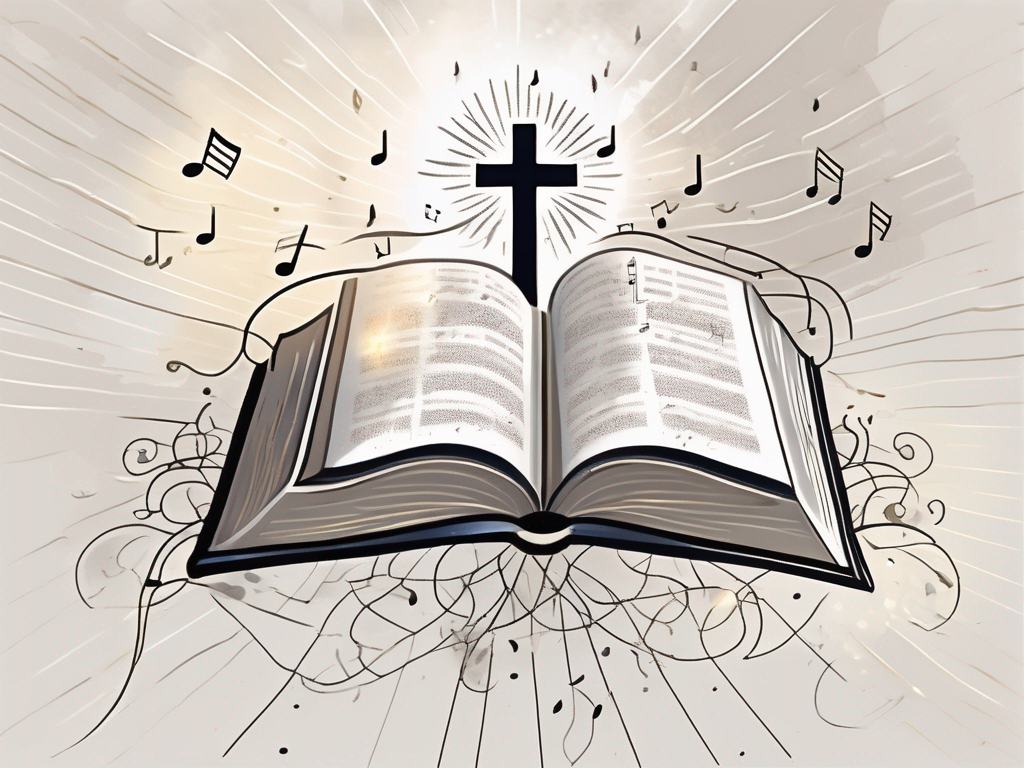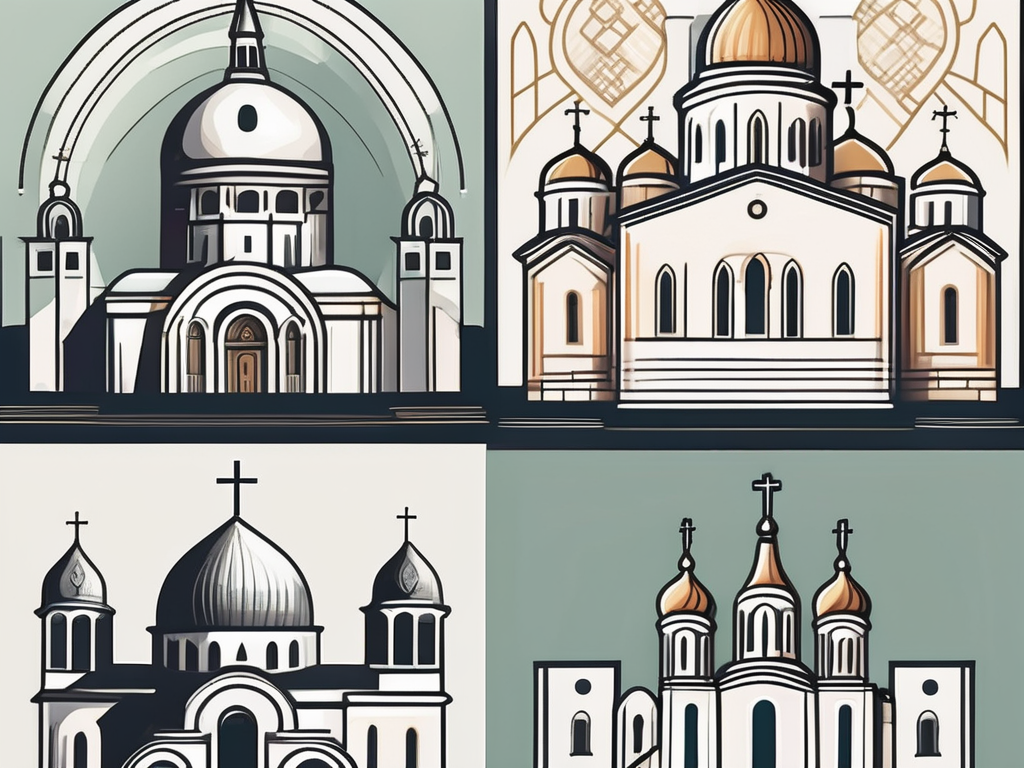Dancing is a form of expression that has been present in human culture for centuries. It can be found in various forms and styles around the world, often serving as a way to celebrate, worship, or simply enjoy the joy of movement. But what does the Bible have to say about dancing? Let’s explore different aspects of dance in the Bible and gain a deeper understanding of its significance.
Understanding the Context of Dance in the Bible
Dance in the Bible has its roots in the rich cultural traditions of the ancient Near East. It was a common practice during religious ceremonies, celebrations, and special occasions. The people of the Bible lived in a time when dance was an integral part of their lives, and it played a significant role in their worship and expression of emotions.
It is important to note that the meaning and significance of dance in biblical times may differ from our modern understanding. While dance today is often associated with entertainment or artistic expression, in the Bible, it held a deeper spiritual and cultural significance.
Dance in the Old Testament
In the Old Testament, dance is often associated with joy and celebration. It was a way for the people to express their happiness and gratitude to God. For example, in the book of Psalms, King David joyfully danced before the Ark of the Covenant, displaying his devotion and gratitude to God. This act of worship through dance was a powerful expression of his faith and love for the divine.
Dance was also used to commemorate victories and deliverance. One of the most famous instances of dance in the Old Testament is the dance of Miriam and the Israelite women after crossing the Red Sea. This dance was a celebration of their liberation from slavery in Egypt and a testament to God’s faithfulness in delivering them to the Promised Land.
Dance in the New Testament
In the New Testament, dance is less explicitly mentioned but still carries symbolic meaning. While the focus of the New Testament is primarily on the teachings and ministry of Jesus, dance is not completely absent from its pages.
For instance, Jesus referred to people playing the flute and dancing as a metaphor for expressing sorrow or joy, depending on the context. In one instance, Jesus compared the people of his time to children playing in the marketplace, who were not moved by the joyful tunes or the mournful dirges. This metaphor highlighted the indifference of the people to the message of God’s kingdom, whether it was a message of joy or sorrow.
While the New Testament does not explicitly emphasize dancing as a religious practice, it also does not condemn it. The focus of the New Testament is more on the inward transformation of the heart and the worship of God in spirit and truth. However, it is important to remember that the cultural context of the Bible plays a significant role in understanding the role of dance in biblical times.
In conclusion, dance in the Bible was a significant and meaningful practice that was deeply rooted in the cultural and religious traditions of the ancient Near East. It was a way for the people to express their joy, gratitude, and emotions to God. While the specific details and practices of dance may have varied, its presence in the Bible serves as a reminder of the diverse ways in which people have worshipped and connected with the divine throughout history.
Biblical Figures Associated with Dance
Several biblical figures are linked to dance, demonstrating its presence in both individual and communal expressions of worship and joy.
Dance has always been an integral part of human expression, and in the Bible, we see its significance in various contexts. Let us delve deeper into the dances of two prominent biblical figures: King David and Miriam.
King David’s Dance
King David, known for his deep love for God, is often highlighted for his dance before the Ark of the Covenant. This momentous event took place when David successfully brought the Ark to Jerusalem, signifying the presence of God among His people.
David’s dance exemplified his devotion, regardless of any external opinions, and showcased the unbridled expression of joy in the presence of God. As he leaped and twirled, his movements were a physical manifestation of his spiritual connection with the divine. It was a dance that transcended cultural norms and societal expectations, as David danced with all his might, wearing only a linen ephod.
This dance of David not only demonstrated his personal worship but also inspired others to join in the celebration. It became a unifying act, bringing the entire community together in exultation and praise. The rhythmic movements and harmonious melodies filled the air, creating an atmosphere of jubilation and spiritual connection.
Miriam’s Dance of Freedom
Miriam, the sister of Moses, led the Israelite women in a dance of celebration after their liberation from slavery in Egypt. This dance, known as the “Dance of Miriam,” symbolized their newfound freedom and God’s faithfulness in delivering them from bondage.
Imagine the scene: the Israelites, having crossed the Red Sea on dry ground, witnessed the miraculous defeat of the Egyptian army. Overwhelmed with gratitude and joy, Miriam took a timbrel in her hand and led the women in a dance of triumph. Their feet moved in perfect harmony with the rhythm of the tambourines, their voices lifted in songs of praise and thanksgiving.
The Dance of Miriam was not just a celebration of physical liberation but also a spiritual expression of their faith in God. It served as a reminder of His power and providence, reinforcing their trust in Him as they embarked on their journey to the Promised Land.
This dance became a significant part of Israelite culture, passed down from generation to generation as a symbol of hope, resilience, and the triumph of God’s people over adversity.
These dances of King David and Miriam remind us of the power of movement and music in worship. They teach us that dance is not merely a physical act but a spiritual expression of our love, devotion, and gratitude towards God. Just as these biblical figures found solace, joy, and connection through dance, may we also find inspiration to express our faith in unique and creative ways.
The Symbolism of Dance in the Bible
Dance holds symbolic meanings in the Bible, often serving as a form of worship and a joyful expression of faith.
Throughout the pages of the Bible, dance is depicted as a powerful and meaningful way to worship and exalt God. It is a form of expression that goes beyond words, allowing believers to use their bodies to communicate their adoration, gratitude, and surrender to the divine.
When we dance, we are able to connect with God on a deeper level, transcending the limitations of spoken language. It is a physical manifestation of our love for Him, a way to celebrate His goodness and faithfulness in our lives.
Imagine a group of believers, their bodies moving in harmony, their hearts united in worship. As they dance, they are not only expressing their individual devotion, but also creating a collective expression of faith. This communal act of worship brings people together, fostering a sense of unity and shared purpose.
In the Bible, dance is often associated with joy and celebration. It is a symbol of the overflow of happiness and gratitude that fills our hearts when we experience the goodness of God. When we dance, we are not only celebrating our personal blessings, but also rejoicing in the blessings of our community.
Picture a scene of jubilation, where people of all ages and backgrounds come together to dance in celebration of God’s faithfulness. In this moment, the boundaries that separate us disappear, and we are reminded of our common humanity and our shared faith.
Through dance, we are able to express our deepest emotions and connect with God and one another in a profound way. It is a beautiful and powerful form of worship that allows us to celebrate the goodness of God and experience the joy of being part of His family.
Controversial Views on Dance in the Bible
While dance is generally celebrated in the Bible, there are some instances where it is viewed with caution or associated with negative connotations.
However, it is important to note that the Bible’s perspective on dance is not entirely negative. In fact, there are numerous examples of dance being used as a form of worship, celebration, and expression of joy.
One such example is found in the book of Psalms, where King David is described as dancing before the Lord with all his might. This act of worship was seen as a genuine expression of David’s love and gratitude towards God.
Furthermore, dance was often used as a means of celebrating significant events and milestones in the Bible. For instance, in the book of Exodus, the Israelites joyfully danced and sang after crossing the Red Sea, praising God for their deliverance from the Egyptians.
Dance and Pagan Rituals
In some instances, dance is associated with pagan rituals that involve idol worship or dubious beliefs. The Bible warns against engaging in idolatrous practices and encourages believers to focus their worship on the one true God.
It is important to understand the context in which dance was associated with pagan rituals. During biblical times, many cultures engaged in various forms of worship that included dance as a way to honor their gods. However, the Bible makes it clear that these practices were not in alignment with the worship of the true God.
While dance itself is not inherently evil, the Bible cautions against participating in any form of dance that is connected to idolatry or promotes false beliefs. Instead, believers are encouraged to worship God in spirit and in truth, avoiding any practices that compromise their faith.
Dance and Immorality
In certain contexts, dance can be associated with immoral behavior or lustful intentions. The Bible cautions against participating in any form of dance that promotes sinful desires or leads to moral compromise.
It is important to note, however, that not all dance is inherently immoral. Dance can be a beautiful and expressive art form that allows individuals to communicate emotions, tell stories, and celebrate life. When done in a respectful and honorable manner, dance can be a positive and uplifting experience.
Nevertheless, the Bible does warn against engaging in dance that promotes lustful desires or leads to immoral behavior. This cautionary stance is rooted in the belief that our bodies are temples of the Holy Spirit and should be used to glorify God.
Ultimately, the Bible’s perspective on dance is nuanced. While it celebrates dance as a form of worship and expression, it also encourages believers to exercise discernment and avoid any dance practices that compromise their faith or promote sinful behavior.
Modern Interpretations of Dance in Christianity
Today, dance continues to be a topic of discussion and interpretation in Christianity. The perspectives on dance vary among different denominations and individual believers.
Throughout history, dance has played a significant role in religious and spiritual practices. In ancient times, dance was used as a form of worship and expression in various cultures, including the Israelites. The Bible itself contains numerous references to dance, depicting it as a way to praise and honor God.
“Praise him with tambourine and dance; praise him with strings and pipe!” (Psalm 150:4)
This biblical endorsement of dance has led to its continued presence in Christian worship and celebrations today.
Dance in Contemporary Christian Worship
Many churches incorporate dance as a part of their worship services, seeing it as a way to engage the whole person in glorifying God. Contemporary Christian dance often combines elements of artistic expression, worship, and storytelling, creating a unique and diverse worship experience.
Through dance, believers are able to express their devotion and surrender to God. It allows them to physically embody their faith, using movement to communicate their love and adoration for their Creator. The incorporation of dance in worship services can create a powerful and transformative experience for both the dancers and the congregation.
Contemporary Christian dance is not limited to a specific style or form. It can range from graceful ballet to energetic hip-hop, from interpretive dance to traditional cultural dances. This diversity reflects the richness and inclusivity of the Christian faith, embracing different artistic expressions as a means of connecting with God.
The Role of Dance in Christian Celebrations
Dance is often seen as a joyful and expressive way to celebrate significant milestones in the Christian faith, such as baptisms, weddings, and special church events. It is a way to bring the congregation together in unity, expressing their shared faith and gratitude.
During baptisms, dance can symbolize the spiritual rebirth and transformation that takes place. The movements of the dancers can represent the washing away of sins and the emergence of a new life in Christ. This visual representation adds depth and meaning to the sacrament, allowing both the participants and the witnesses to fully engage in the sacred moment.
In weddings, dance can be a beautiful expression of love and commitment. The couple, surrounded by their loved ones, can perform a choreographed dance that tells the story of their journey together and their shared faith. This not only adds a touch of creativity and personalization to the ceremony but also creates a memorable and emotional experience for everyone present.
Special church events, such as anniversaries or holiday celebrations, often include dance performances that depict biblical stories or themes. These performances can be a powerful way to communicate the message of God’s love and redemption, using the universal language of movement to touch the hearts of the audience.
In conclusion, the Bible embraces dance as a way to worship, celebrate, and express joy. It recognizes that dance can bring people closer to God and provide a powerful means of spiritual connection. While caution is advised regarding certain contexts and intentions behind dance, the Bible does not condemn dancing as a whole. Ultimately, the interpretation and practice of dance in Christianity may vary, allowing for individual and communal expressions of faith through this beautiful art form.
